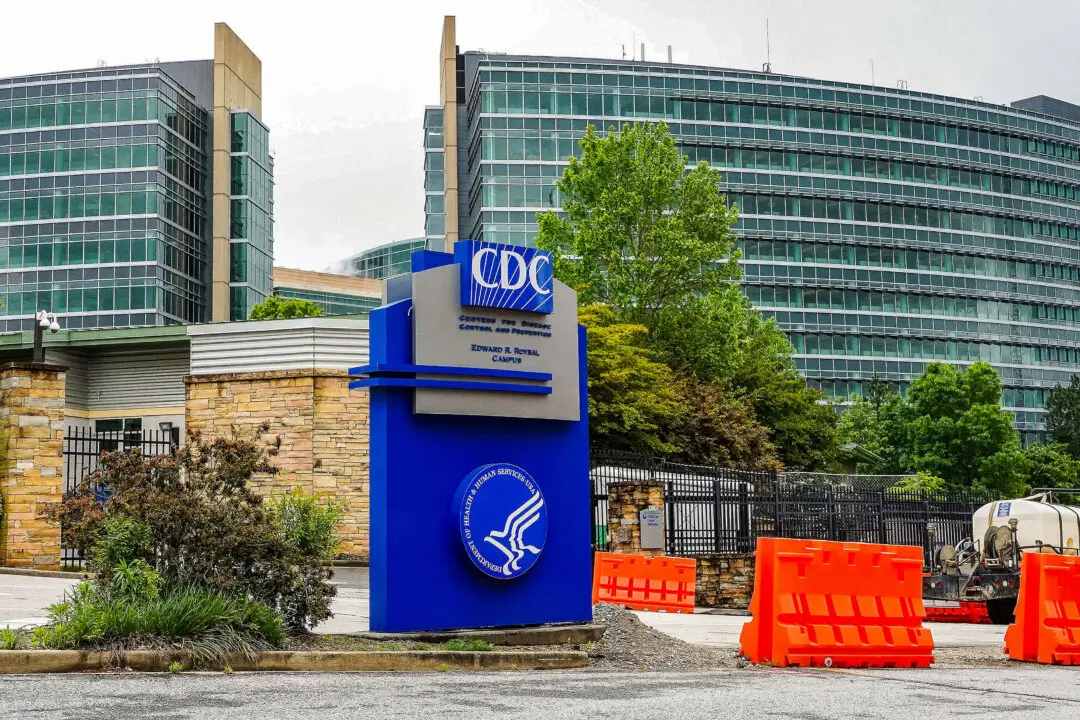Starbucks is accused of exposing customers at New York City locations to a toxic pesticide, according to two new lawsuits. Starbucks released a statement about the lawsuits on May 21, saying the claims “lack merit.”
One of the lawsuits also includes photos of the No-Pest Strips, located close to food preparation areas or near air vents. NBC reported that Starbucks allegedly used the strips to kill off cockroaches and other pests.

Two pest control technicians and a former employee are among the people who filed the suit.
“Starbucks stores throughout Manhattan have for many years been permeated with a toxic pesticide called Dichlorvos, which is highly poisonous and completely unfit for use in proximity to food, beverages, and people,” the suit stated.
The lawsuit claimed that the U.S. Center for Disease Control and Prevention (CDC) said pesticides containing DDVP can’t be used in enclosed places unless people have a respirator or if people aren’t present, NBC reported.

In a statement, Starbucks denied the claims.
The representative for the chain said that employees and customers were not exposed to any potential health risks based on how the No-Pest Strips were used in locations.
The company also denied that employees had lost their job for complaining about the strips.
It adds that the product “may be fatal if swallowed. Do not get in mouth. Harmful if inhaled. Causes moderate eye irritation. Avoid breathing vapors. Avoid contact with eyes or clothing. After prolonged storage, a small amount of liquid may form on strip. Do not get liquid in eyes. Wash thoroughly with soap and water after handling and before eating, drinking, chewing gum, using tobacco, or using the toilet.”
“Remove and wash contaminated clothing before reuse. Do not use in hospitals or clinic rooms, such as patient rooms, wards, nurseries, operating or emergency areas. Do not use in kitchens, restaurants, or areas where food is prepared or served. Do not use in homes except for garages, attics, crawl spaces, and sheds occupied by people for less than 4 hours per day. Not to be taken internally by humans or animals,” the warning says.





